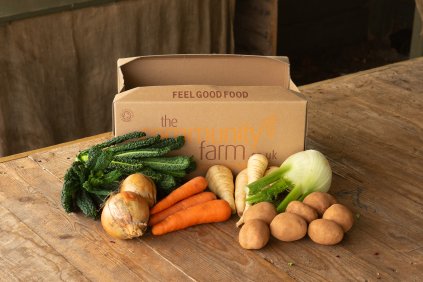Sweet, sour and spectacular - rhubarb is a real spring treat. It’s not just their delicious tang which makes them so special, they’re also a rich source of dietary fibres, vitamin K and C and minerals such as calcium, manganese and potassium.>
Waiting game
Unlike most other vegetables, rhubarb is perennial, which means it comes back year after year. It takes up to two years to bed in, but once established, it’s supremely tough and cold-hardy. We planted The Farm’s first rhubarb crop at the end of 2017, so we’ll have lots of juicy tender rhubarb ready for spring 2019. Until then, we’re using two trusted local suppliers, Royal Oak and Carey Organics.Crowning glory
There are two ways to plant rhubarb, either by seed or bare root. We opted for bare root rhubarb. This is a dormant crown which you can plant during winter. They look unappealing, like a piece of rotten wood with roots. We chose three varieties from a specialist grower: one early (Timperley), one mid (Victoria) and one late season (Stockbridge Arrow). This will give us a good supply from March through to June.Healthy plants
The crowns need good fertile soil and some protection to bed in properly. We used lots of compost to increase the nutrient content of the soil and covered the plants in a straw mulch to shelter them against weeds and cold-snaps. All the planting and protection was done by a group of incredible volunteers over two days this winter.*Picture by volunteer Janet Thumim














